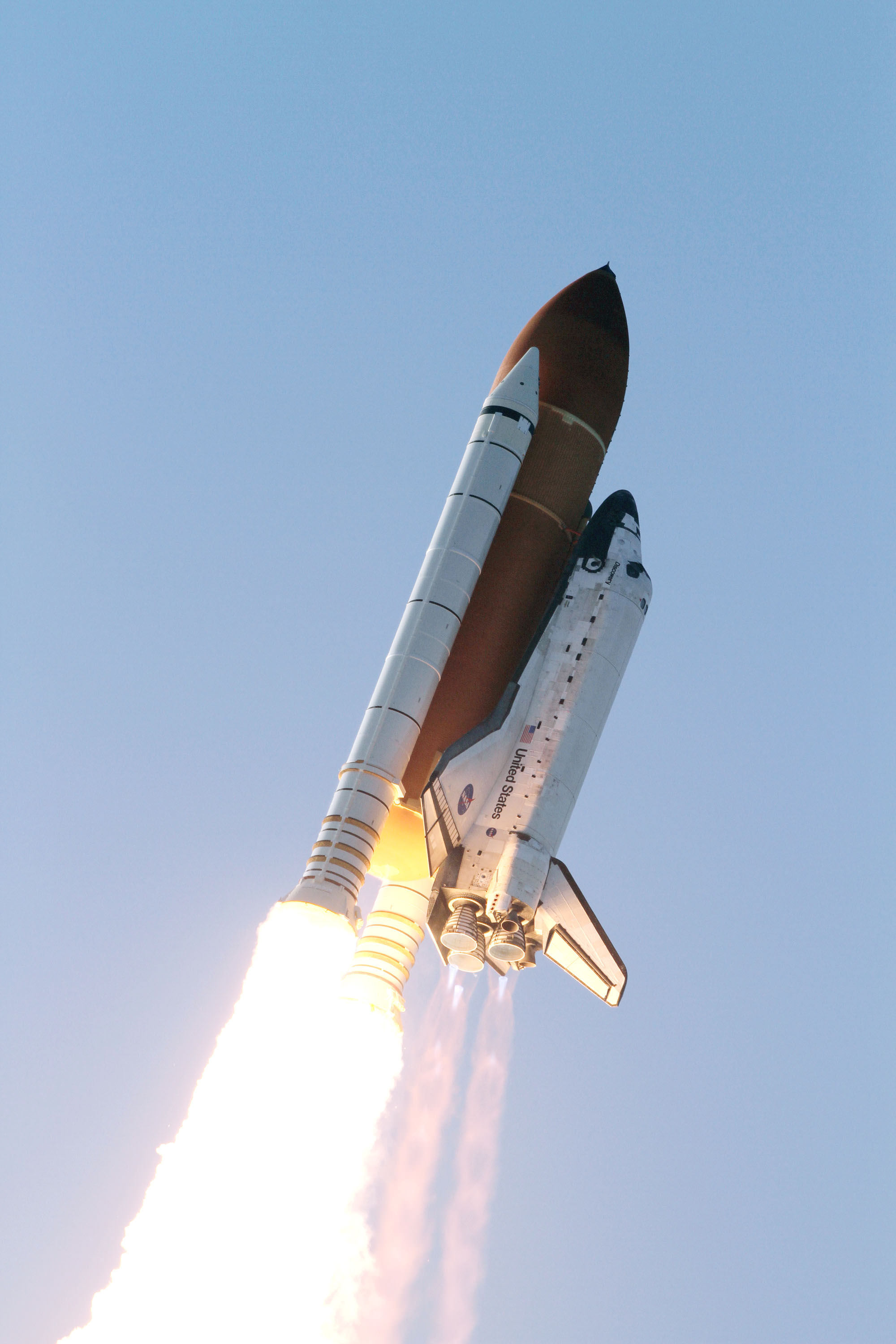UPDATE: At the behest of team SETI, a sequel to this infographic has been produced, showing how we can all pitch in a small amount of money, and DO something to restart the ATA. SETIstars.org, get at it!
So it looks like the Allen Telescope Array (which I mentioned previously on here) is falling onto the chopping block in this era of fiscal “emergency.” To me, this sounds a lot like the recent battle to defund NPR or PBS, in that the money they need to continue is just . . . chump change in the grand scheme of finances. They’re $2.5 million short, and for that, they’ll need to stop taking data and shut down the telescope array. It deeply bums me out to think that such a low value is placed on the quest to find other intelligence in our universe. When compared with so many other things that gladly get millions or billions of dollars, it’s maddening to see SETI so marginalized. Do we really just not care?? Seriously??
There’s an awesome article over at Wired Science, interviewing Jill Tarter about the whole deal. Go check it.
And to put things into perspective, I’ve whipped up this handy infographic, comparing how $2.5 million compares to so many other things that we absolutely must have, and will not hesitate to pay for:
When I created this, I deliberately chose things that weren’t the most supreme. For example, I priced a Predator drone @ $4.5M, instead of a Stealth Bomber, which is a cool billion. The iPad sales dollars are probably much higher than I showed. And I showed the Citigroup portion of the bailout, instead of the full bailout ($300B). I also swapped the second and third to last entries in order to put the NASA budget immediately next to the DOD budget. Imagine what we would know about the universe if those two were swapped. (And maybe we could still lead the world by sheer power of inspiration.) It’s the stuff of pipe dreams!
Since the dawn of time, humans have looked up at the stars and wondered what they were, wondered what was out there. Now that we have the technology to actually look, and even a good idea where to look, thanks to the Kepler Space Telescope, it’s all the more maddening that it should fall under the axe, deemed unimportant, unworthy of those precious dollars. Sure, it’s true that there are innumerable causes out there which pull at our emotions and demand the attentions of our pragmatic sides. But what outcome has higher stakes than finding out we’re not alone in the cosmos? When that happens, human history will be split into two neat periods: before we knew about them, and after. BC will stand for before contact, and AD will be replaced by AC; after contact. Nothing else would transform our cultures, our politics, our religions, our folklores like knowing we’re not just a lone voice, but part of a galactic chorus. The most recent findings tell us that “within a thousand light-years of Earth,” there are “at least 30,000” habitable planets, and there are “at least 50 billion planets in the Milky Way” of which “at least 500 million” are in the habitable zone. The glorious Milky Way, with its wealth of diversity and abundance of worlds is right there waiting for us, if we could but pick up the receiver and listen.


















